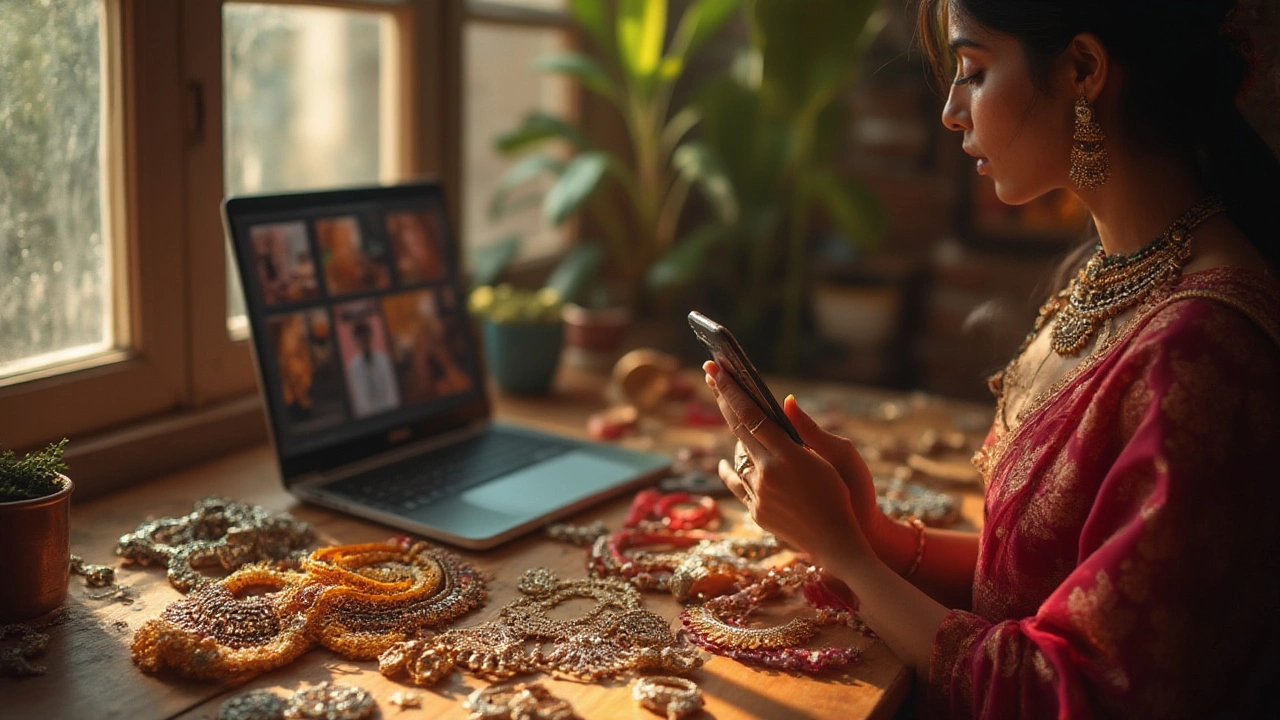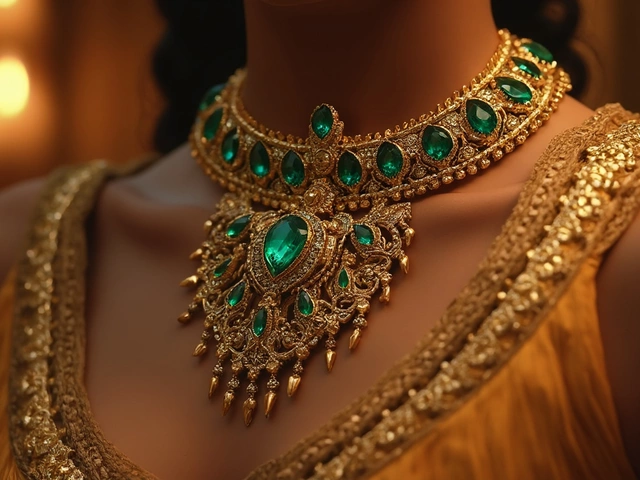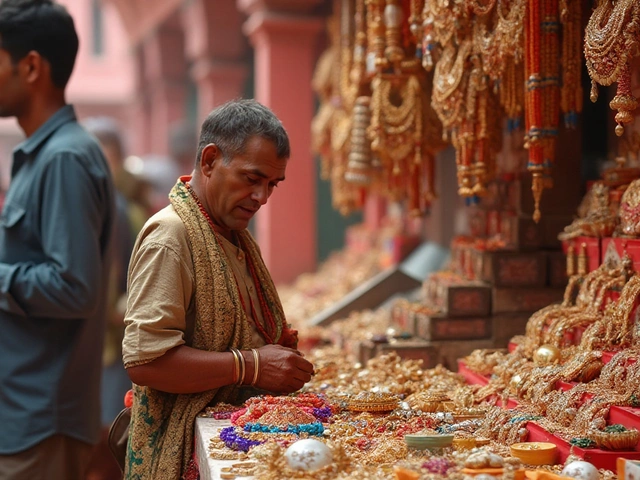Sell Antique Jewelry – Simple Steps to Get the Best Price
If you’ve found a family heirloom or bought a vintage piece that looks older than it is, you probably wonder how to turn it into cash without losing its value. The good news is that selling antique jewelry isn’t as scary as it sounds. With a few checks, a realistic price idea, and the right selling channel, you can walk away with a fair payout.
How to Spot Real Antique Pieces
First, confirm the piece is truly antique. Most experts use the 100‑year rule – anything made before 1923 counts as antique. Look for hallmarks, maker’s marks, and country stamps. In India, traditional gold jewelry often carries a BIS hallmark, while older pieces might have a state or princely seal.
Check the metal. Pure gold (22K or 24K) was common in Indian antique work, while silver pieces may have a “925” stamp. If you see a modern alloy or a thin plating, it’s likely a replica. A simple magnet test helps – real gold and silver won’t stick, but many cheap fakes contain iron.
Study the design. Hand‑engraved filigree, intricate Kundan settings, and traditional motifs like paisley or temple shapes usually point to an authentic antique. Mass‑produced machine‑cut stones and uniform patterns often indicate newer production.
Document everything. Take clear photos from multiple angles, note any markings, and write down the story behind the piece. The more information you have, the easier it is for appraisers and buyers to trust you.
Where and How to Sell Them
Once you’re confident about authenticity, choose a selling route that matches your comfort level and expected price. Here are the most common options:
- Professional appraisers: A certified gemologist can give you a written valuation. This is essential if you plan to sell to a jeweler or auction house, as it sets a credible price baseline.
- Jewelry stores: Many reputable retailers buy antique gold and silver, especially if the design fits current trends. Bring your appraisal and be ready to negotiate.
- Auction houses: For high‑value or rare pieces, an auction can fetch top market rates. Choose a house that specializes in Indian antiques to reach the right collectors.
- Online marketplaces: Platforms like eBay or specialized vintage jewelry sites let you reach a global audience. Write a detailed description, upload high‑quality images, and set a realistic reserve price.
- Private collectors: If you know someone who loves antique Indian jewelry, a private sale can be quick and low‑cost. Just make sure you have a clear agreement on price and payment method.
Regardless of the channel, never accept cash offers that feel too low. A good rule of thumb is to aim for at least 70 % of the appraisal value if you’re selling through a store, and 80‑90 % if you go the auction route.
Watch out for scams. Legitimate buyers will ask to see the appraisal, request photos, and offer a secure payment method. Avoid anyone who pushes for an immediate transfer or hides fees.
Finally, think about timing. Antique gold prices fluctuate with the market, and certain festivals can boost demand for traditional designs. Planning your sale around these peaks can add a few extra percent to your payout.
Sell with confidence by doing a quick authenticity check, getting a professional appraisal, and picking the right buyer. Follow these steps, and you’ll turn that cherished antique into a smart return without losing its story.
Best Sites to Sell Vintage Jewelry Online: Where to Get Top Value in 2025
Discover the best sites to sell vintage jewelry online in 2025. Get expert tips, real selling experiences, and see which platforms pay the most for antique treasures.





